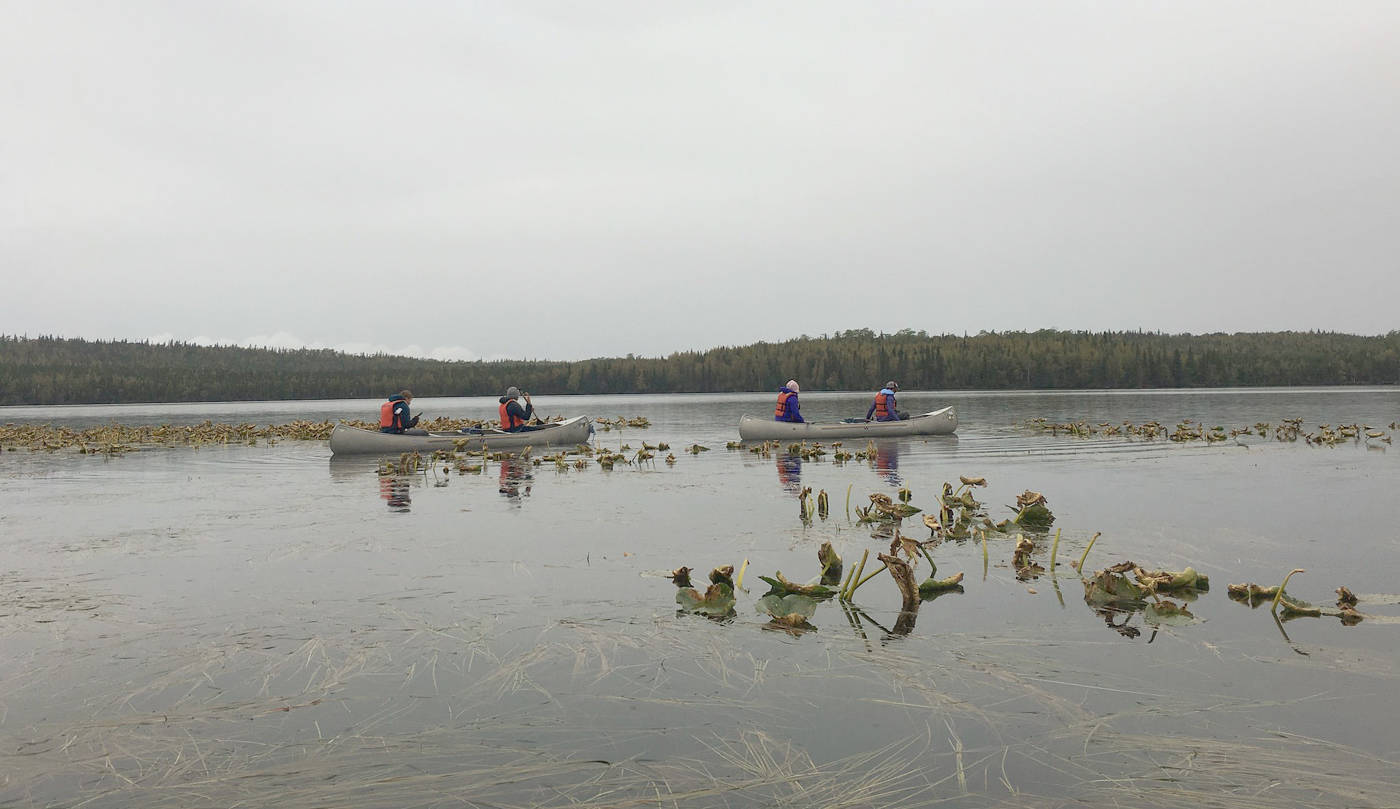I have a collection of outdoor memories I carry around in my mind at all times. These are magical and unforgettable moments I have experienced in the outdoors.
One of my favorite memories occurred while working as a Ranger at Glacier National Park in Montana. I had hiked up to the top of a ridge and sat down to watch the sunset. Looking over at an adjacent ridge to my left, I saw a grizzly bear saunter up the hill, sit down, and look towards the sunset as well. I wondered what the bear was doing sitting on top of a ridge like that. Later someone told tell me that bears climb to the high peaks like that to roll rocks over searching for moth larva and other insects, but I prefer to believe that the bear was just enjoying the view.
Another time I was collecting forest ecology data in northern Wisconsin and, as I took a compass heading for my next research plot, I looked up just in time to watch a large paper birch fall 100 feet in front of me. I didn’t find this moment to be frightening. Rather, I was awed by the randomness of standing at that exact location at that exact moment when a tree fell of natural causes right in front of me. There wasn’t any wind nor other apparent reason for the tree to fall other than this tree’s life happened to end just as I looked up from my compass. I was present the exact second this 80-year-old tree fell.
Why is this magical? Consider this. There are 86,000 seconds in one day. Multiply this by 365 and you see there are 313,390,000 seconds in a year. Multiply this by the tree’s age (80 years) and you get 2,511,200,000 seconds. Do you see my point? I had less than a 1 in 2.5 billion chance to see this happen and I was lucky enough to be there at that exact time.
Several years ago, I worked with a community college in Arkansas to develop the “Business of Birding” program. Designed to increase tourism to the Delta area and encourage local hunting lodge owners to cater to birders after the hunting season, this program had the goal of offering year-round tourism and outdoor experiences to people from around the world. Driving down a gravel road, the group I was working with spotted a great blue heron eating a frog. The van pulled over and we practiced using our binoculars and field guides to observe the bird.
As we watched the heron, we noticed a loggerhead shrike, about the size of a robin but with a black mask similar to a chickadee’s, flying towards us. I told the group that the loggerhead shrike was a hunter like a red-tailed hawk, but because it was a smaller bird with much weaker feet, it had adapted its hunting strategy. Shrikes are neither able to kill their prey with crushing talons nor tear apart its catch with their feet. Instead, this small bird catches grasshoppers or even prey as large as mice and flies them straight into a thorn on a bush, impaling its prey and then returning later to feed on it.
Even as I said this, the shrike dove into the bushes, jumped back on the branch it had been sitting on it, and stuck a mouse on the adjacent branch. We sat there and watched the exact moment unfold that I had just described. The bird ate the mouse as we took pictures from the van. We all watched the bird’s activity in silence, aware that this was a special moment, and one that made a group of beginner birders hooked on wildlife observation forever after.
The best part of my job is the moment when I have the privilege of sharing nature with someone and provide them with the skills to start a new outdoor pursuit for the rest of their lives. At Kenai National Wildlife Refuge, we strive to provide visitors with these opportunities through ranger programs, nature camps and presentations at the Visitor Center.
One of my favorite activities is to host a camp called “The Stick and String Naturalist” where we spend several days with teenagers, teaching every aspect of fly-fishing and nature journaling. The camp begins with an aquatic macroinvertebrate lab where we discover the insects living in the water. The campers focus on details, sketching their discoveries, to help us mimic these insects as we tie are own flies.
Many of our campers have never caught a fish on a fly rod and some have never been fishing before. As I sit in my office today, I can’t help but daydream about the potential magic moments this summer might bring. Perhaps I will be able to teach a camper how to catch their first fish with a fly they tied. Maybe we will glimpse a lynx or wolf while hiking to one of the Refuge’s lakes. Or maybe we will just get to spend some time together exploring Kenai Refuge — and that, in itself, is a magical thing.
Matt Conner is the Visitor Services Manager at Kenai National Wildlife Refuge. You can find more information about the Kenai Refuge at http://kenai.fws.gov or http://www.facebook.com/kenainationalwildliferefuge.

